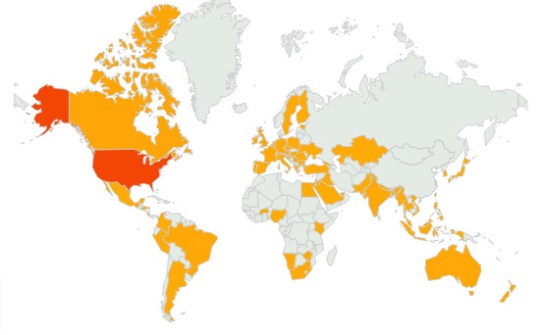One of the first panel sessions I went to featured a talk by Jeff Harris, of the Alliance to Save Energy.
He covered a lot of ground in defining “net-zero energy,” covering state and federal goals around NZE, detailing many of the appeals of NZE, and then focusing on the potential of NZE communities.
What I found most interesting during his talk was the specific examples of the military’s focus on getting a number of bases to NZE. He noted that there are more than 6 pilot sites targeting ZNE (often used interchangeably with NZE) by 2020. Two of the sites have the additional aggressive goal of being “triple-net-zero,” or net zero energy, water, and waste.
He also mentioned a specific site – Fort Carson – and showed some analysis (I think by the National Renewable Energy Lab, NREL) of what kinds of strategies and systems will be needed to achieve the ZNE goal.
After the session, I found an NREL report online that provides significant detail on the recommendations provided for Fort Carson” “Targeting Net Zero Energy at Fort Carson: Assessment and Recommendations” (link opens a PDF).









